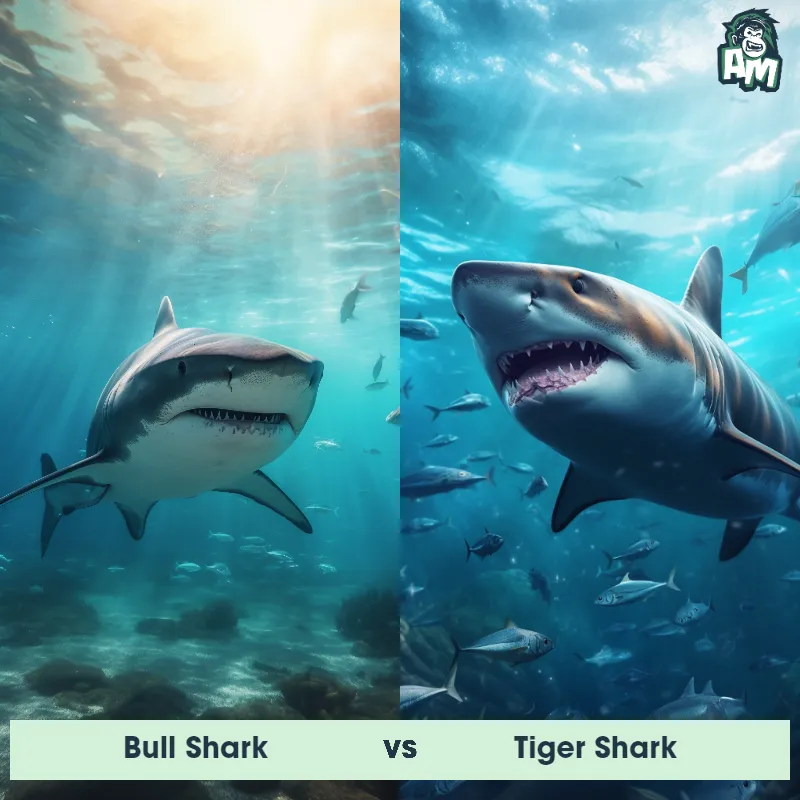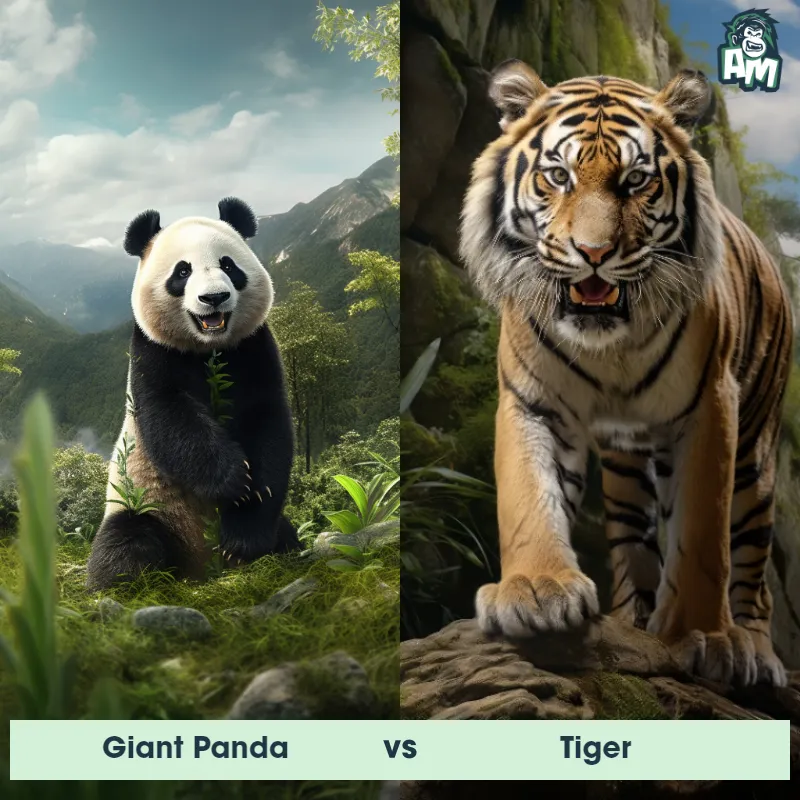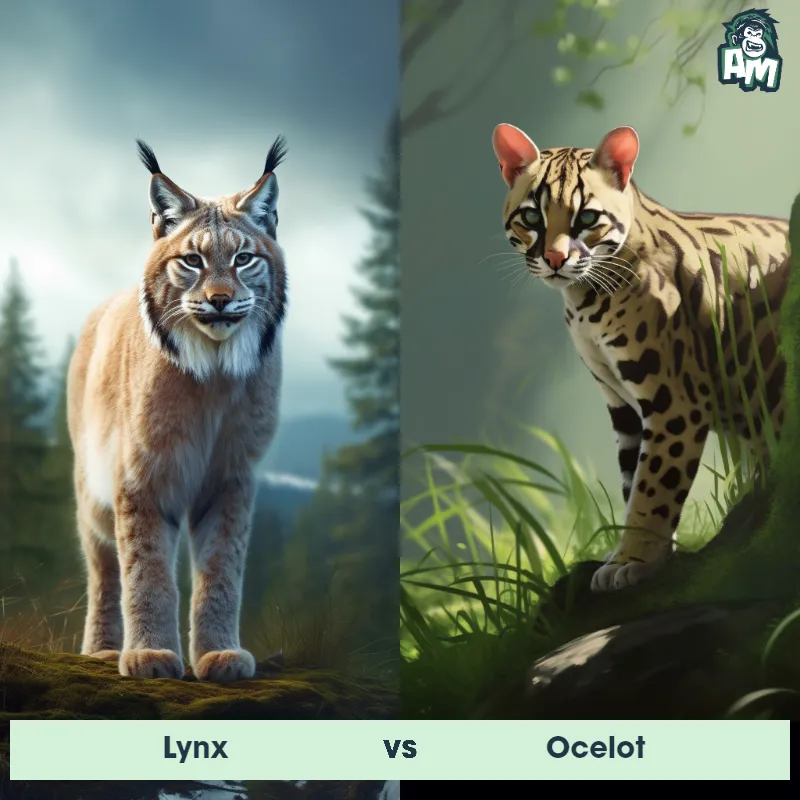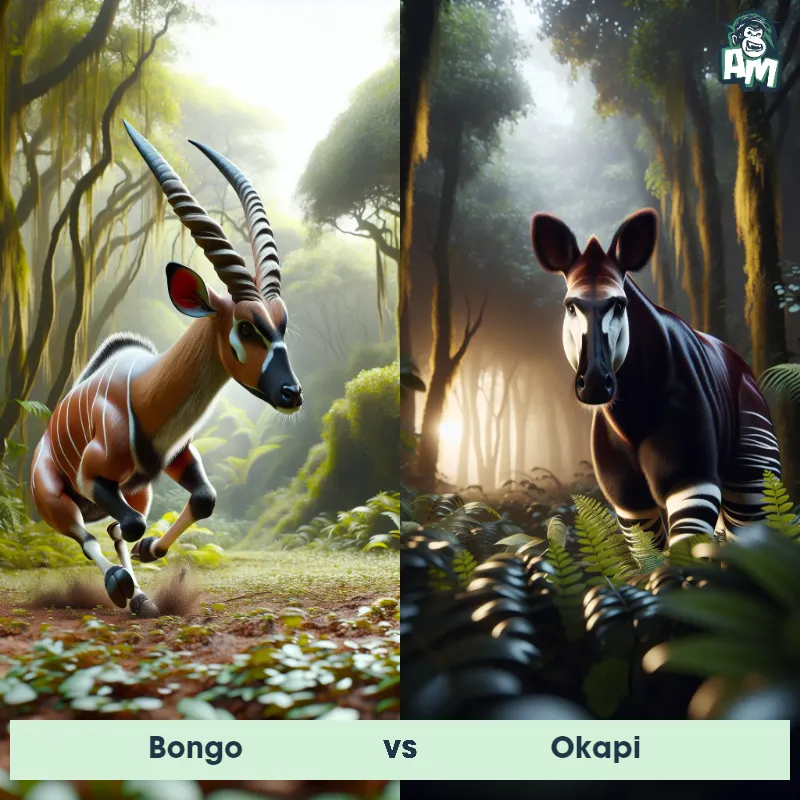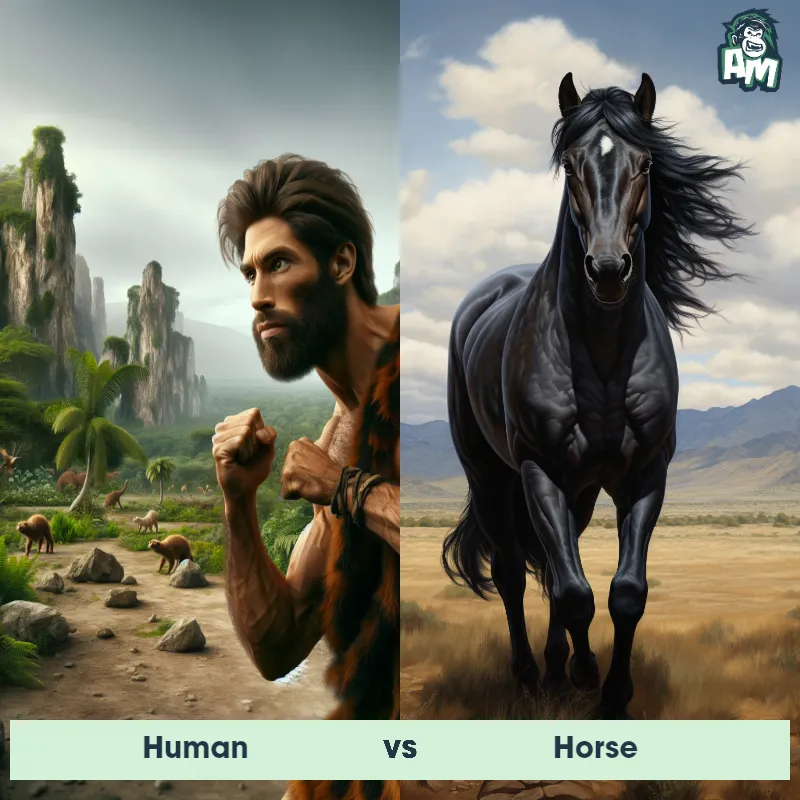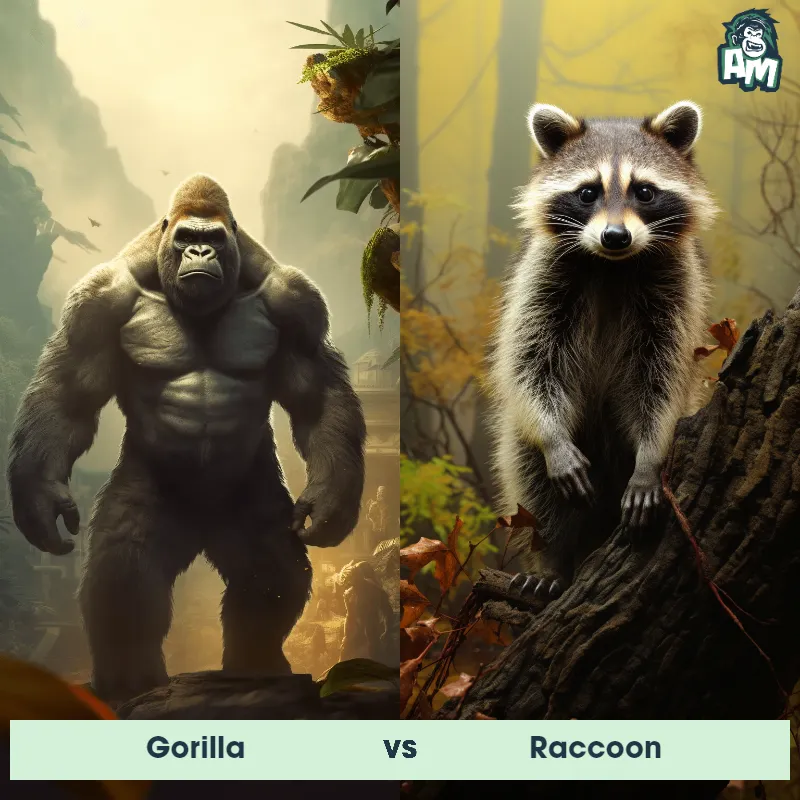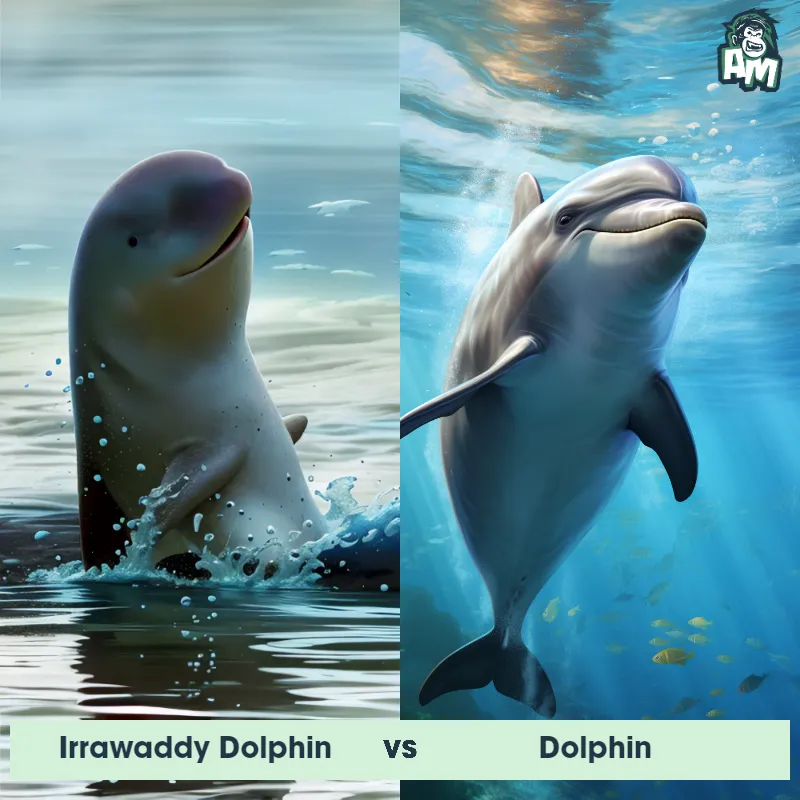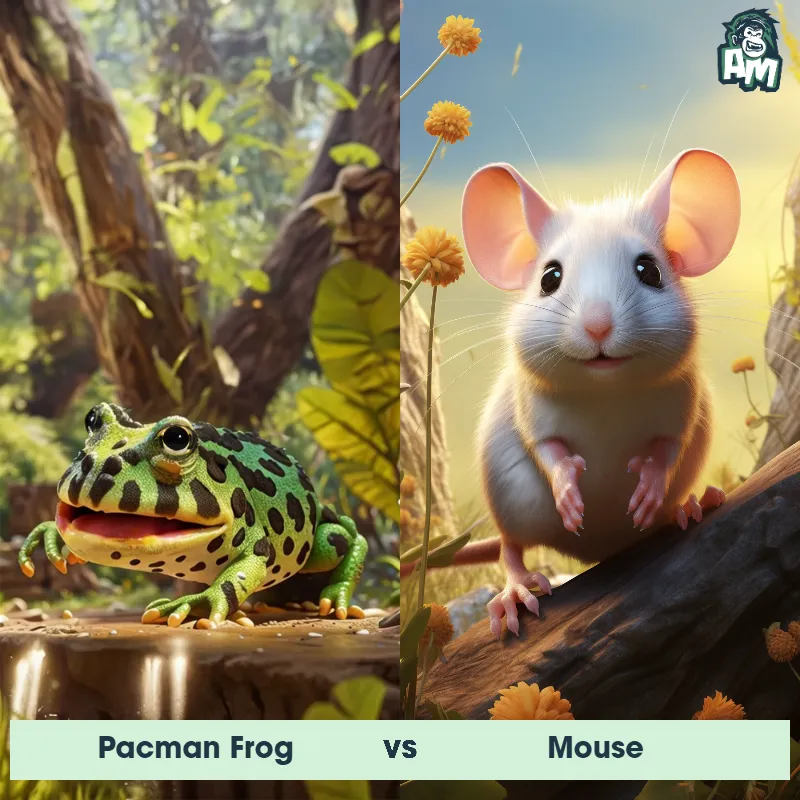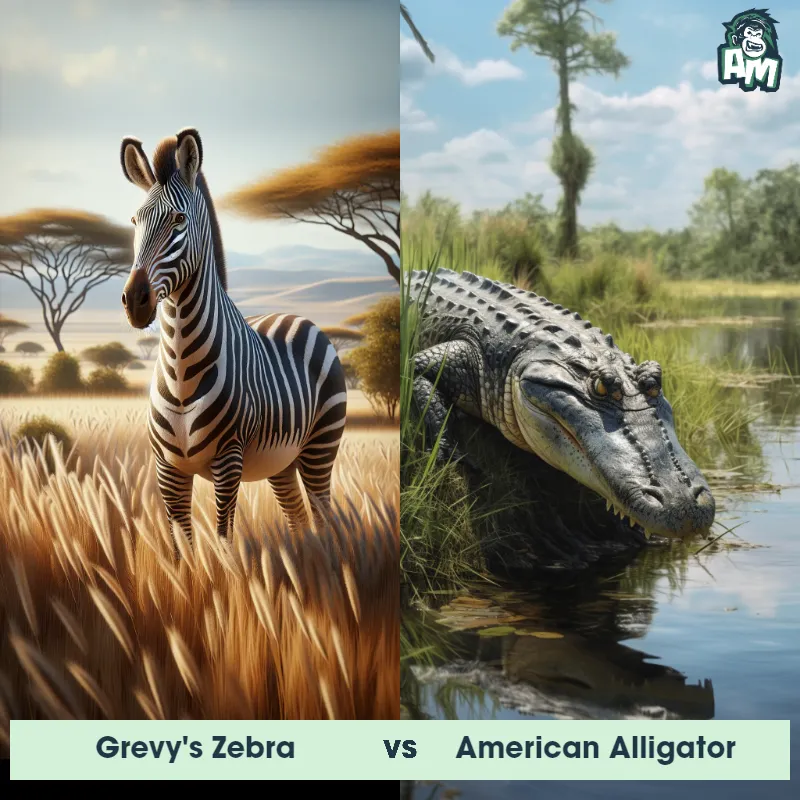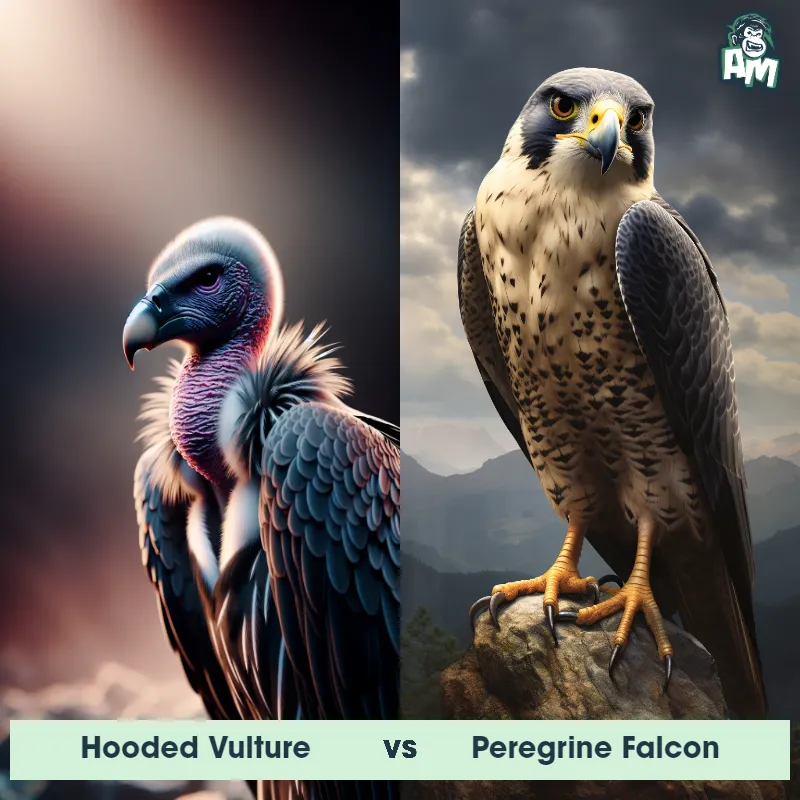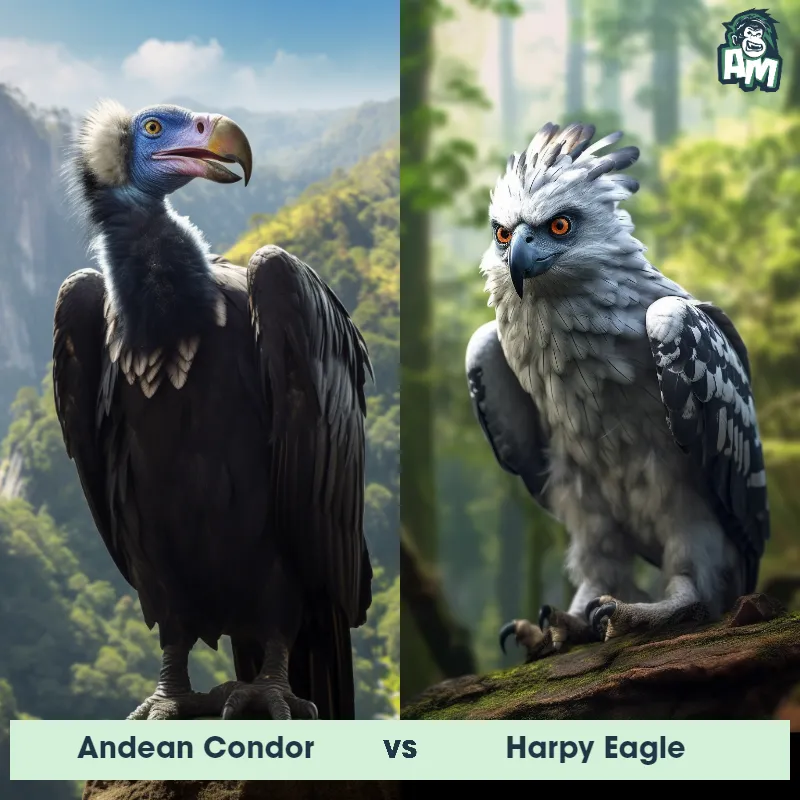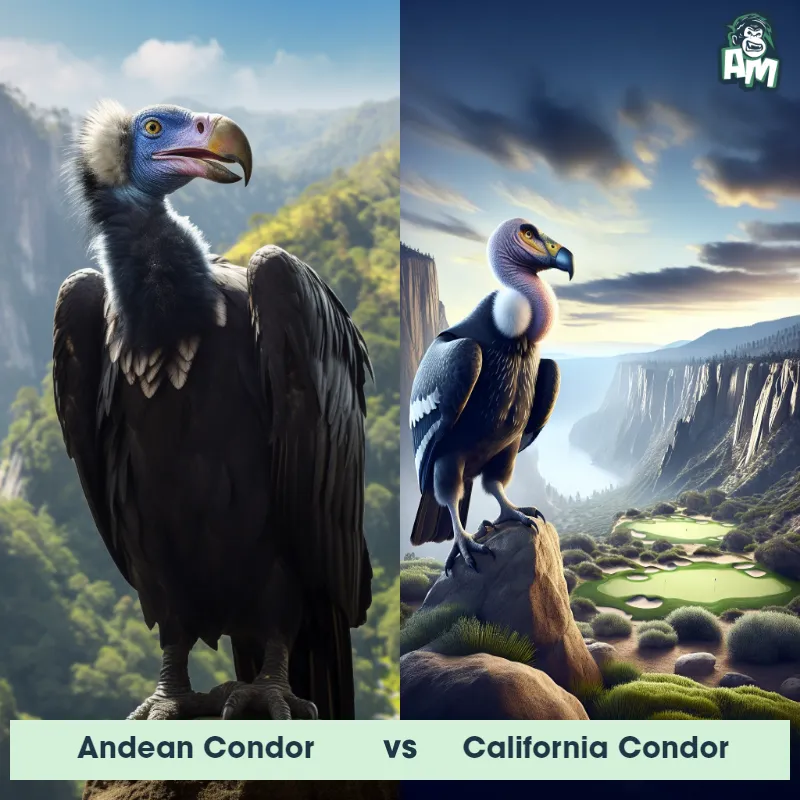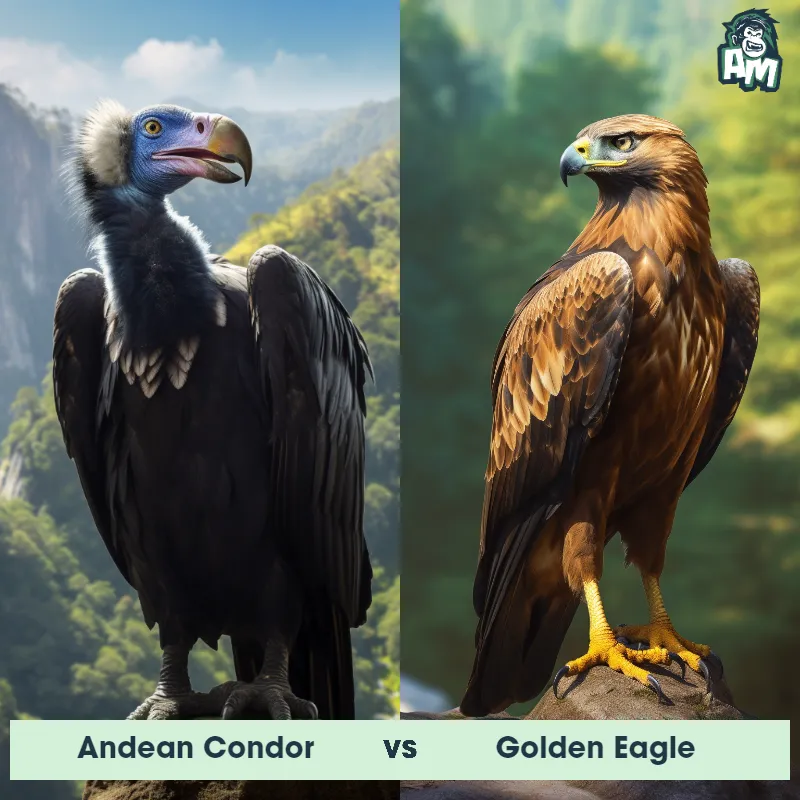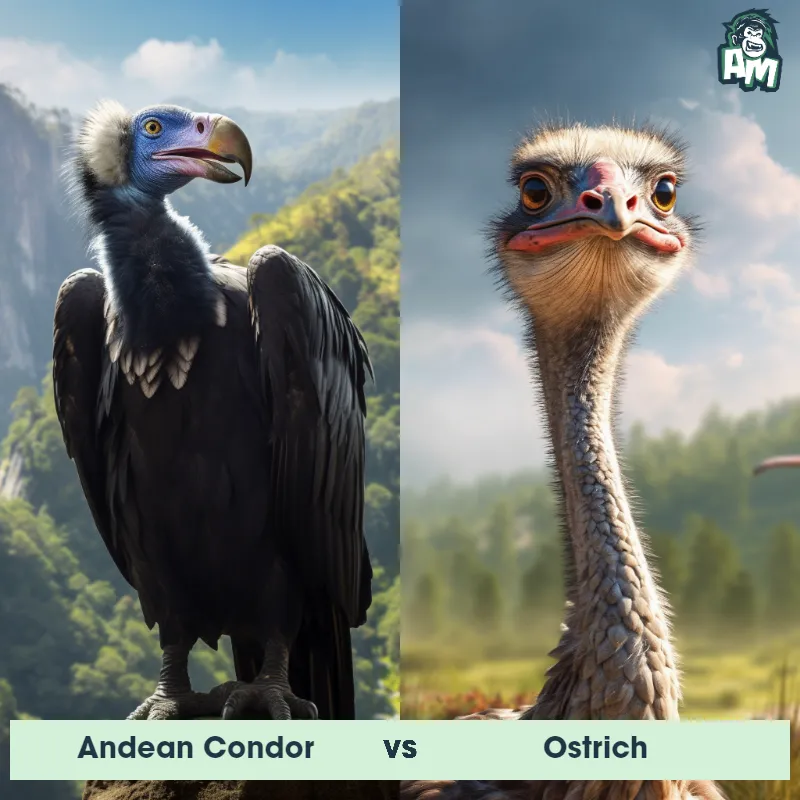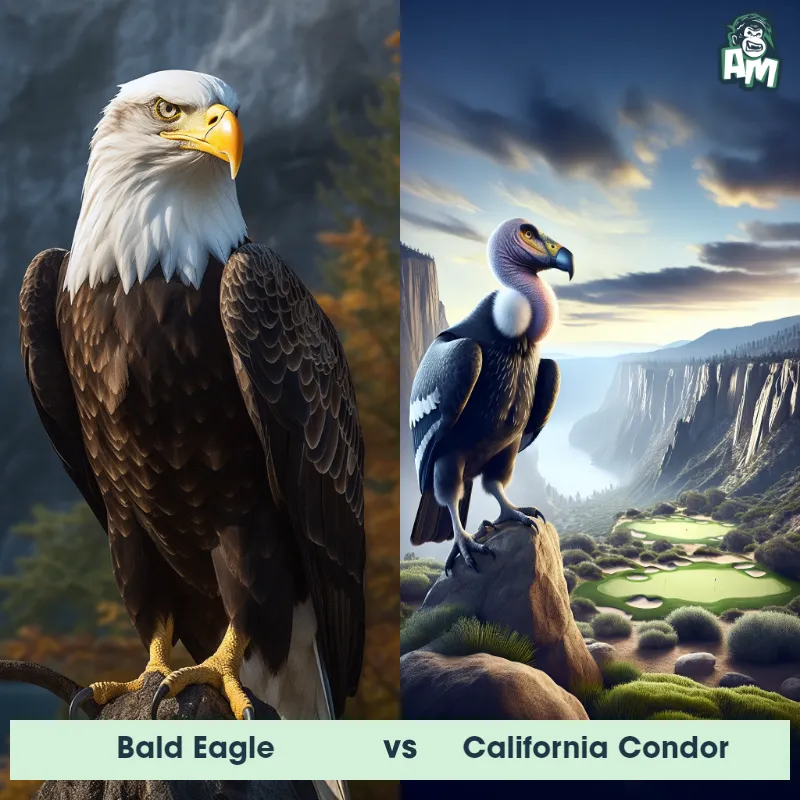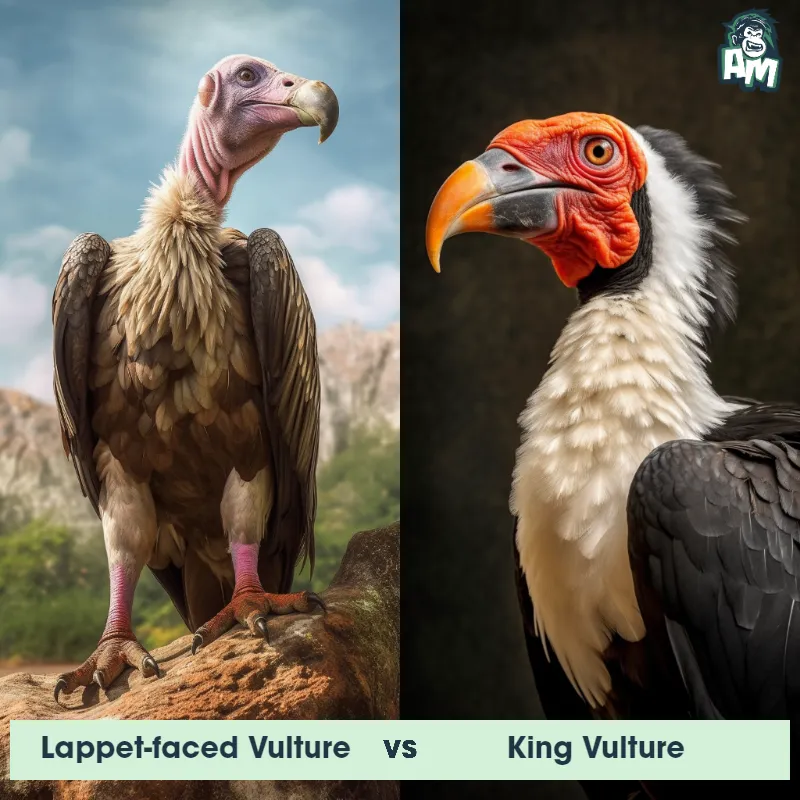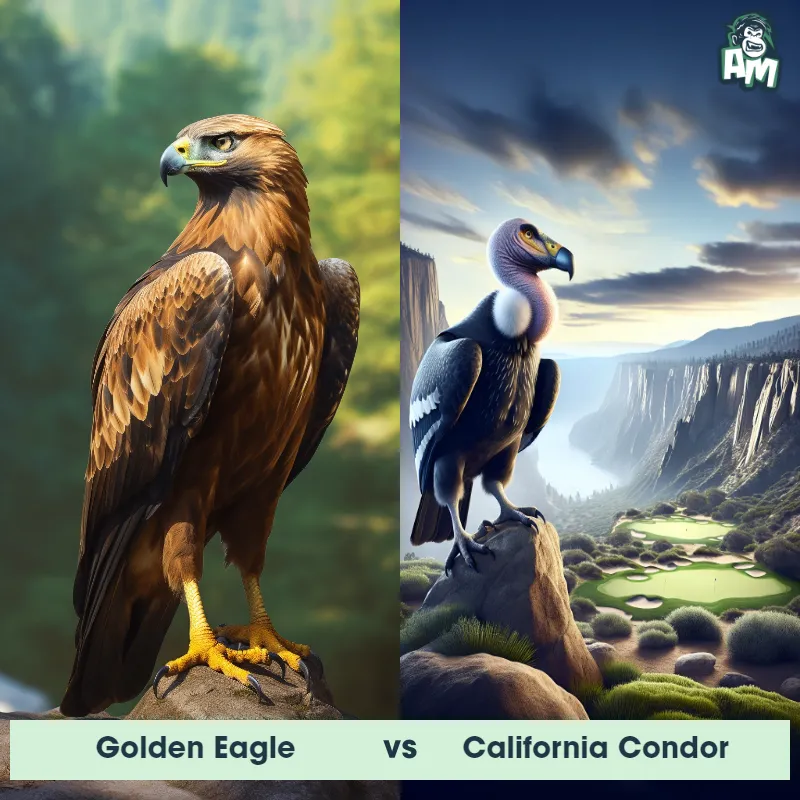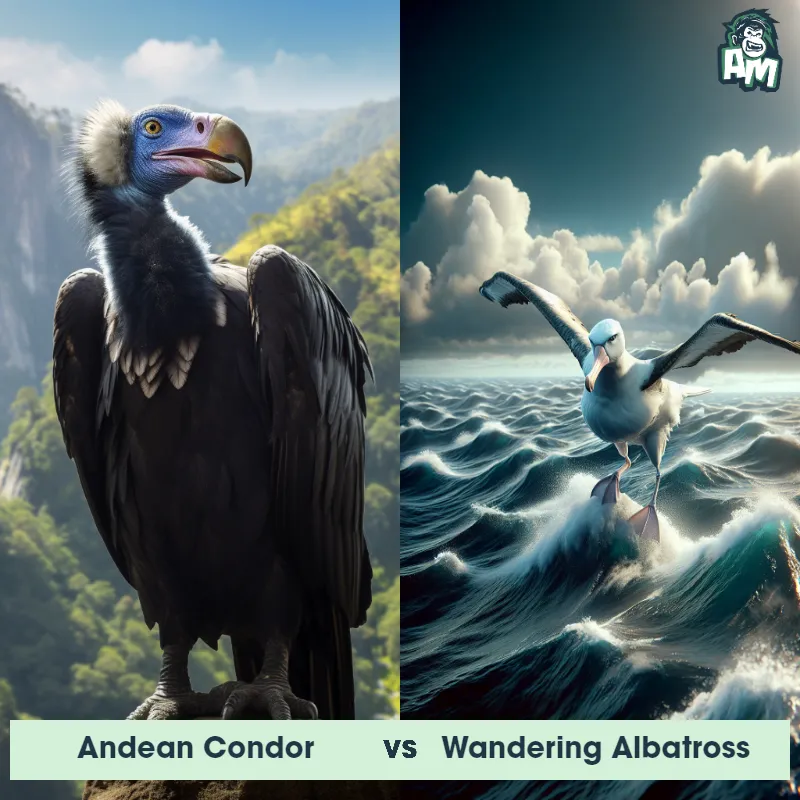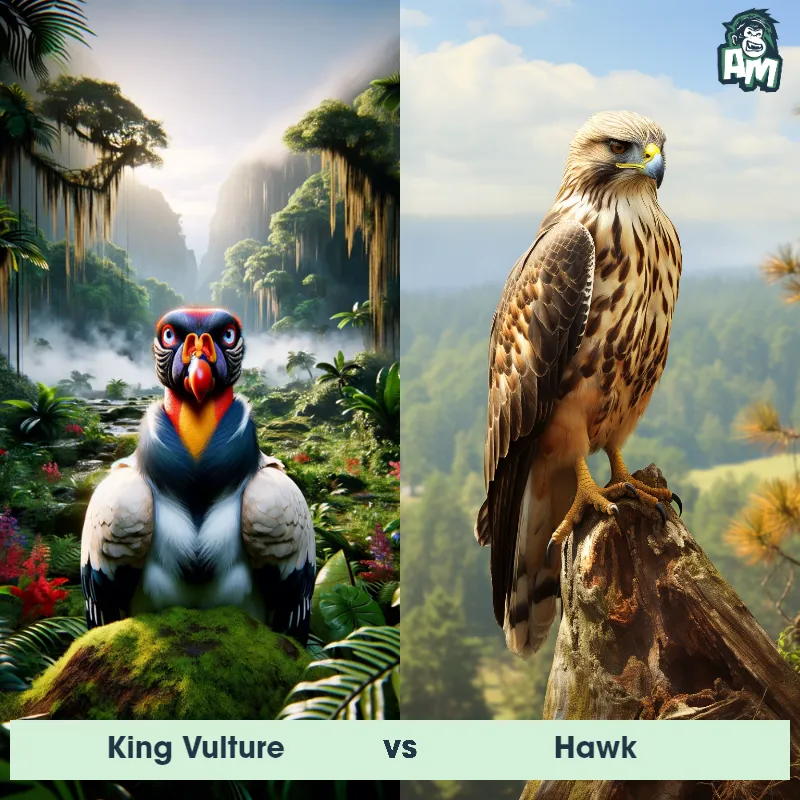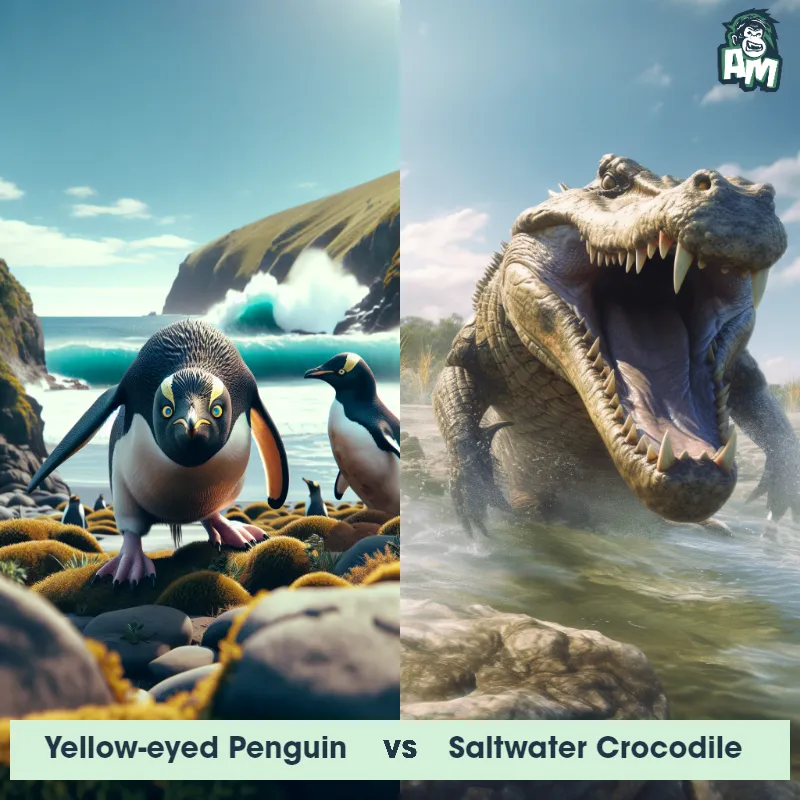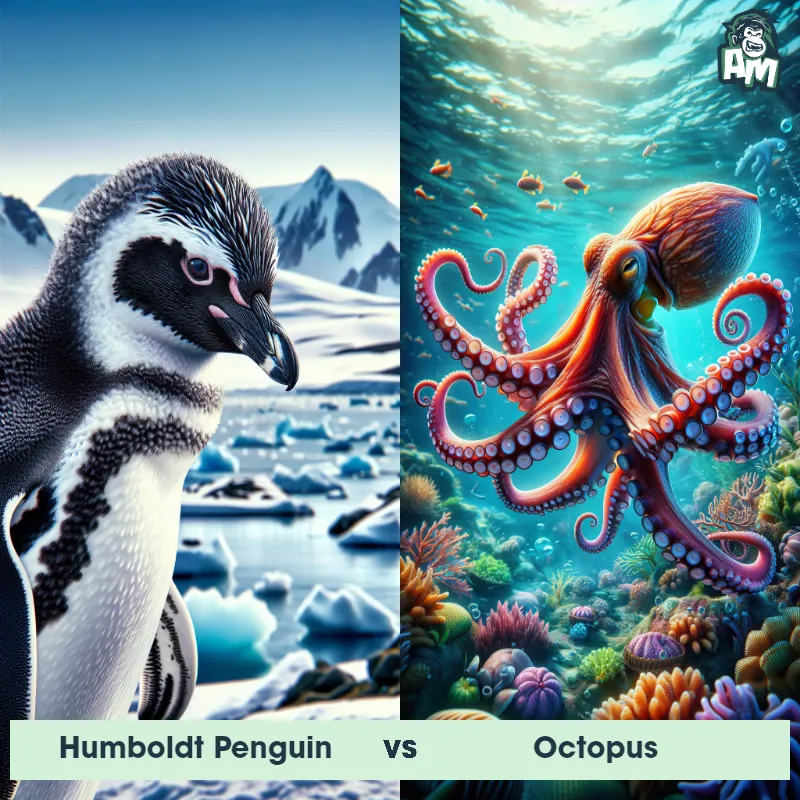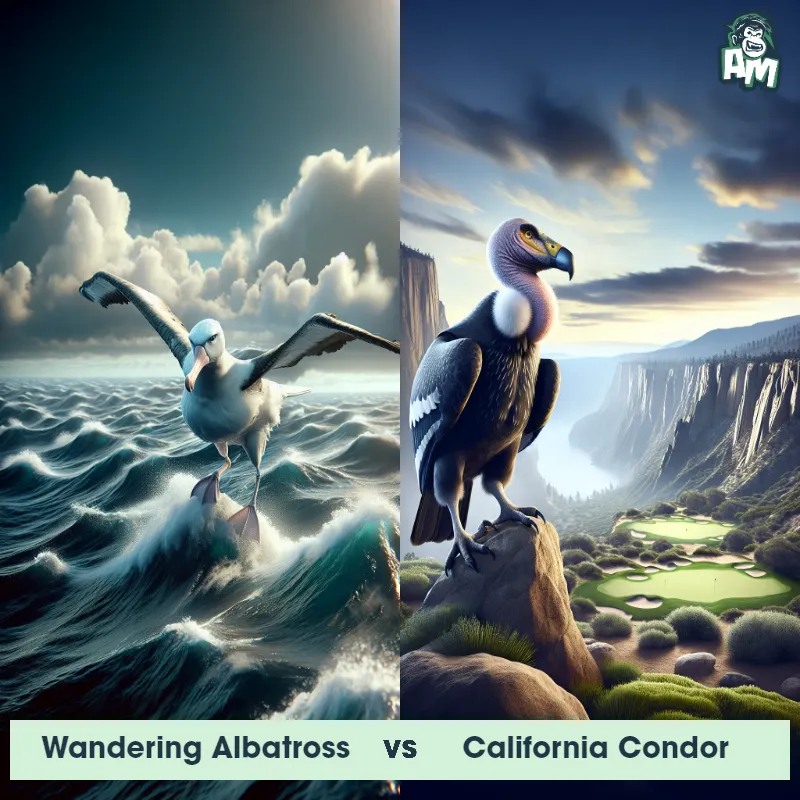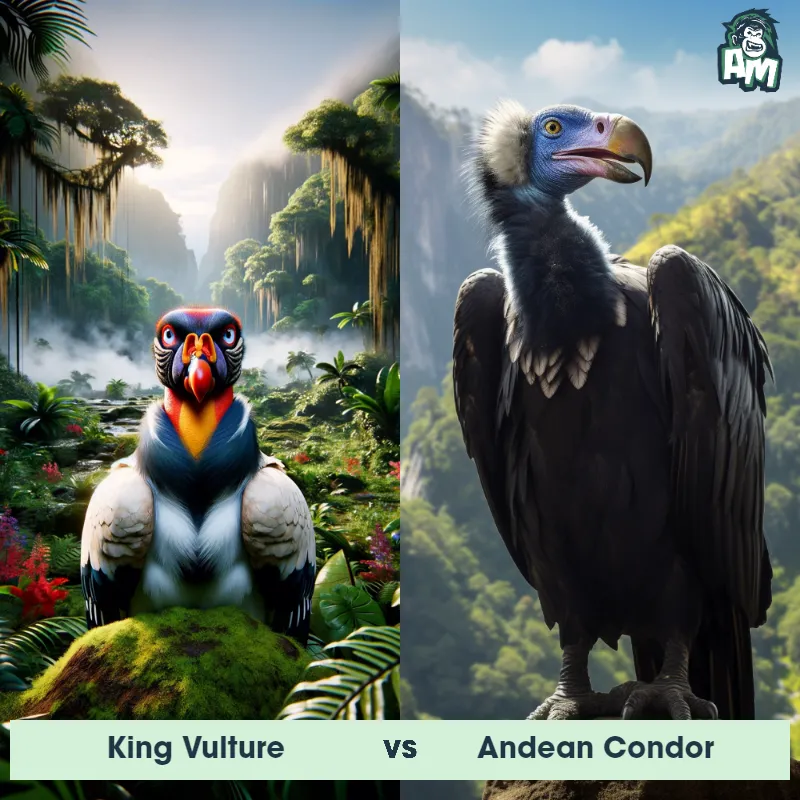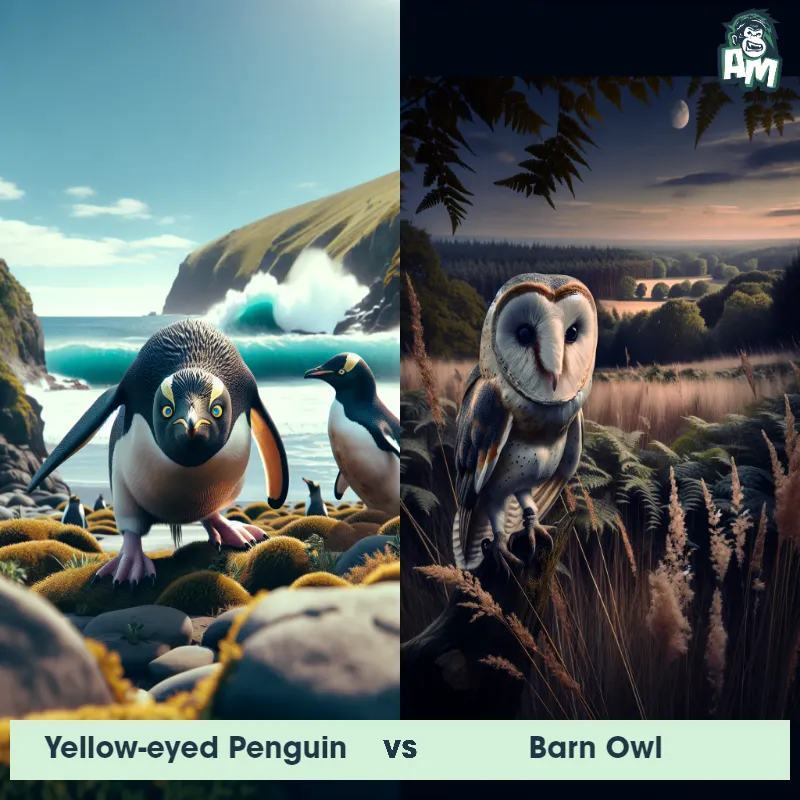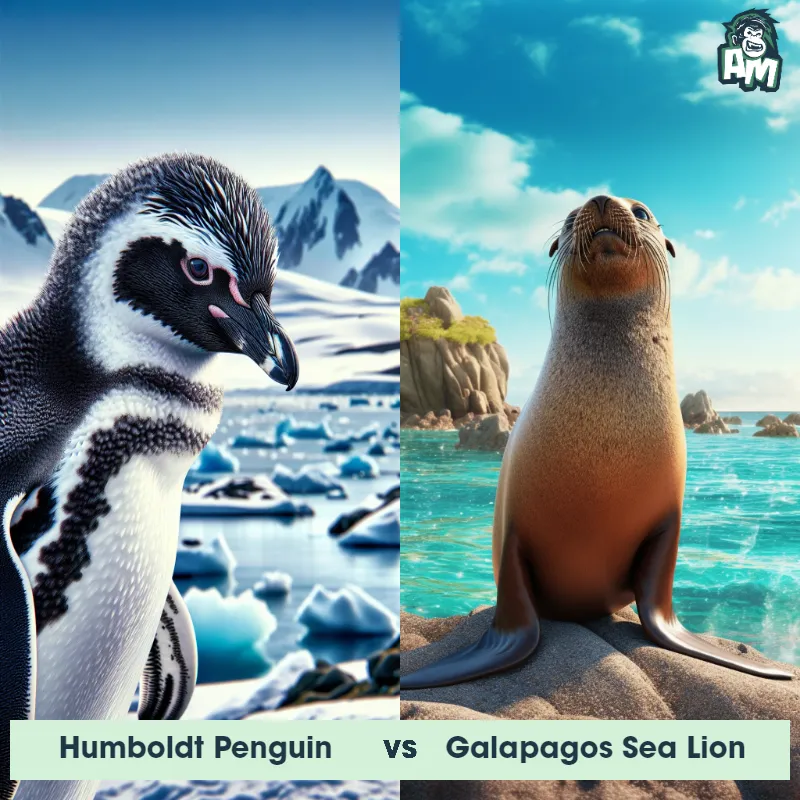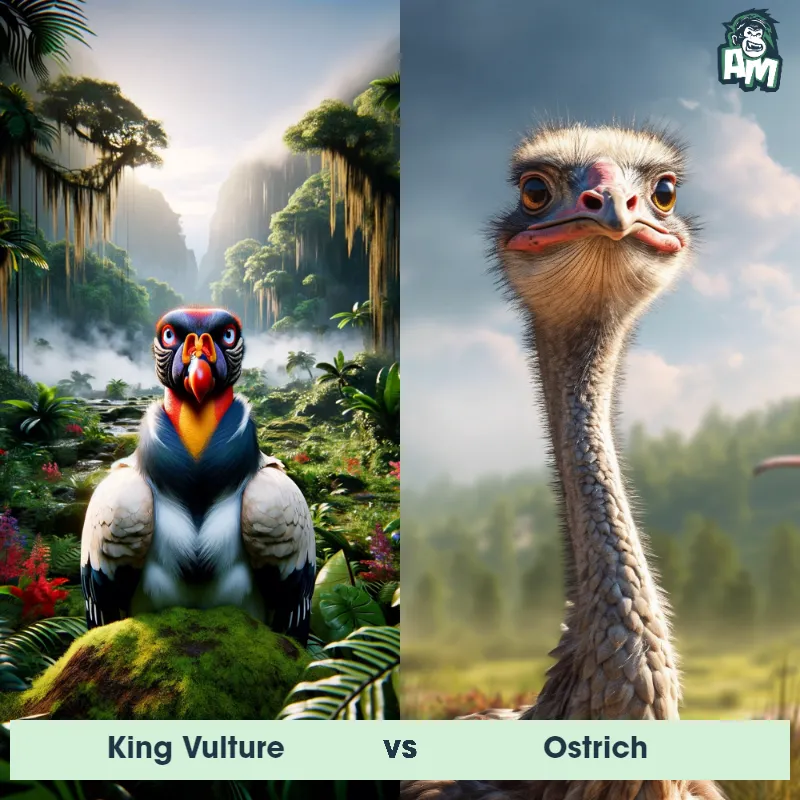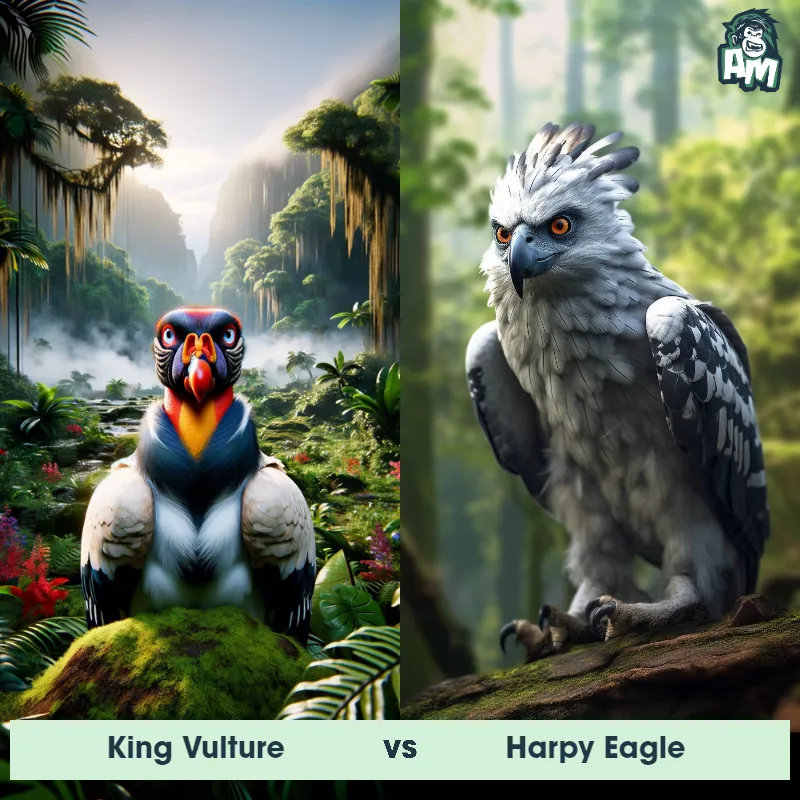Humboldt Penguin vs King VultureSee Who Wins
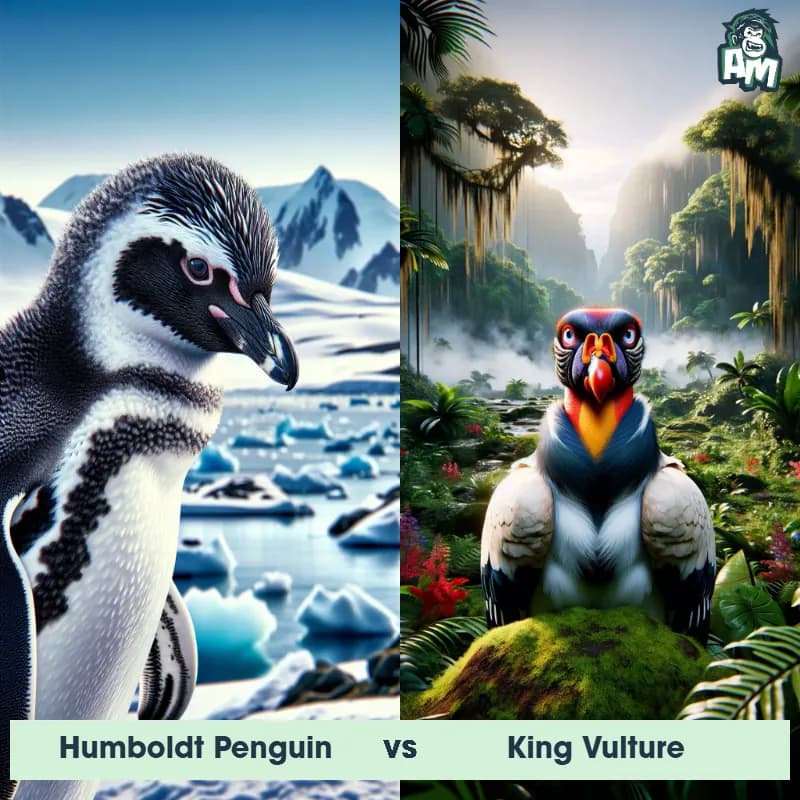
Welcome, ladies and gentlemen, to this exciting matchup between a Humboldt Penguin and a King Vulture. Both of these animals are known for their incredible speed and agility, so we can expect a fast-paced and intense fight today.
Contender 1: Humboldt Penguin
The Humboldt Penguin, also known as the Peruvian Penguin, is a medium-sized penguin species that inhabits the coasts of South America, primarily in Chile and Peru. These penguins have a distinctive appearance with a black head, white belly, and a broad band of black along their chest. They have a sleek and streamlined body, which enables them to swim rapidly through the water. Humboldt Penguins have unique adaptations, including a set of stiff, spiky feathers on their wings that help them navigate through the water with precision.
Fun Fact: One fun fact about Humboldt Penguins is that they are excellent swimmers and can dive to depths of up to 150 feet in search of food, such as fish and squid.
Contender 2: King Vulture
The King Vulture, also known as Sarcoramphus papa, is a large bird of prey found in Central and South America. It has a distinctive appearance with a bald, brightly colored head and neck, and a white and black body. Its wingspan can reach up to 6 feet, and it can weigh up to 8 pounds. The King Vulture is known for its scavenging habits and can often be found feeding on carrion.
Fun Fact: The King Vulture has a unique way of cooling off on hot days - it defecates on its own legs, which helps to lower its body temperature!
Matchup Stats
| Humboldt Penguin | King Vulture | |
|---|---|---|
| Size | 26-28 inches (66-71 centimeters) in height | Up to 2.5 feet (76 cm) tall and 6 feet (1.8 m) wingspan |
| Weight | 8-13 pounds (3.6-5.9 kilograms) | Up to 8 pounds (3.6 kg) |
| Speed | 20mph (32km/h) | Speed: 10 mph (16 km/hr) |
| Key Strength | Agility in water | Sharp talons |
| Biggest Weakness | Lack of wingspan | Docile nature |
Current Votes
Humboldt Penguin vs King Vulture
See Who Wins
View More Matches
Looking For More?
Similar Matches
Scientific Stats
| Humboldt Penguin | King Vulture | |
|---|---|---|
| Scientific Name | Spheniscus humboldti | Sarcoramphus papa |
| Family | Spheniscidae | Cathartidae |
| Habitat | Coastal areas, rocky shores, and islands | Forests and open areas |
| Geography | Primarily found in Chile and Peru | Central and South America |
| Diet | Fish, squid, and small crustaceans | Scavenger, feeds on carrion |
| Lifespan | 15 years - 20 years | 20 years - 30 years |
Key Differences between Humboldt Penguin and King Vulture
- Head shape: The Humboldt Penguin has a rounded head with a black face mask, whereas the King Vulture has a more elongated head with a brightly colored fleshy dewlap.
- Size: The Humboldt Penguin is much smaller than the King Vulture, with an average height of about 28 inches compared to the vulture's average height of 27-32 inches.
- Wings: Humboldt Penguins have wings that are adapted for swimming, with short, stiff feathers, while King Vultures have large wings with distinctive white banding that help them soar.
- Color: Humboldt Penguins have distinctive black and white plumage, while King Vultures have an eye-catching mix of white, black, and orange feathers.
- Habitat: Humboldt Penguins are found in coastal regions of South America, while King Vultures inhabit tropical lowland forests in Central and South America.
- Behavior: Humboldt Penguins are social birds that form colonies for breeding, whereas King Vultures are solitary scavengers that feed on carrion.



